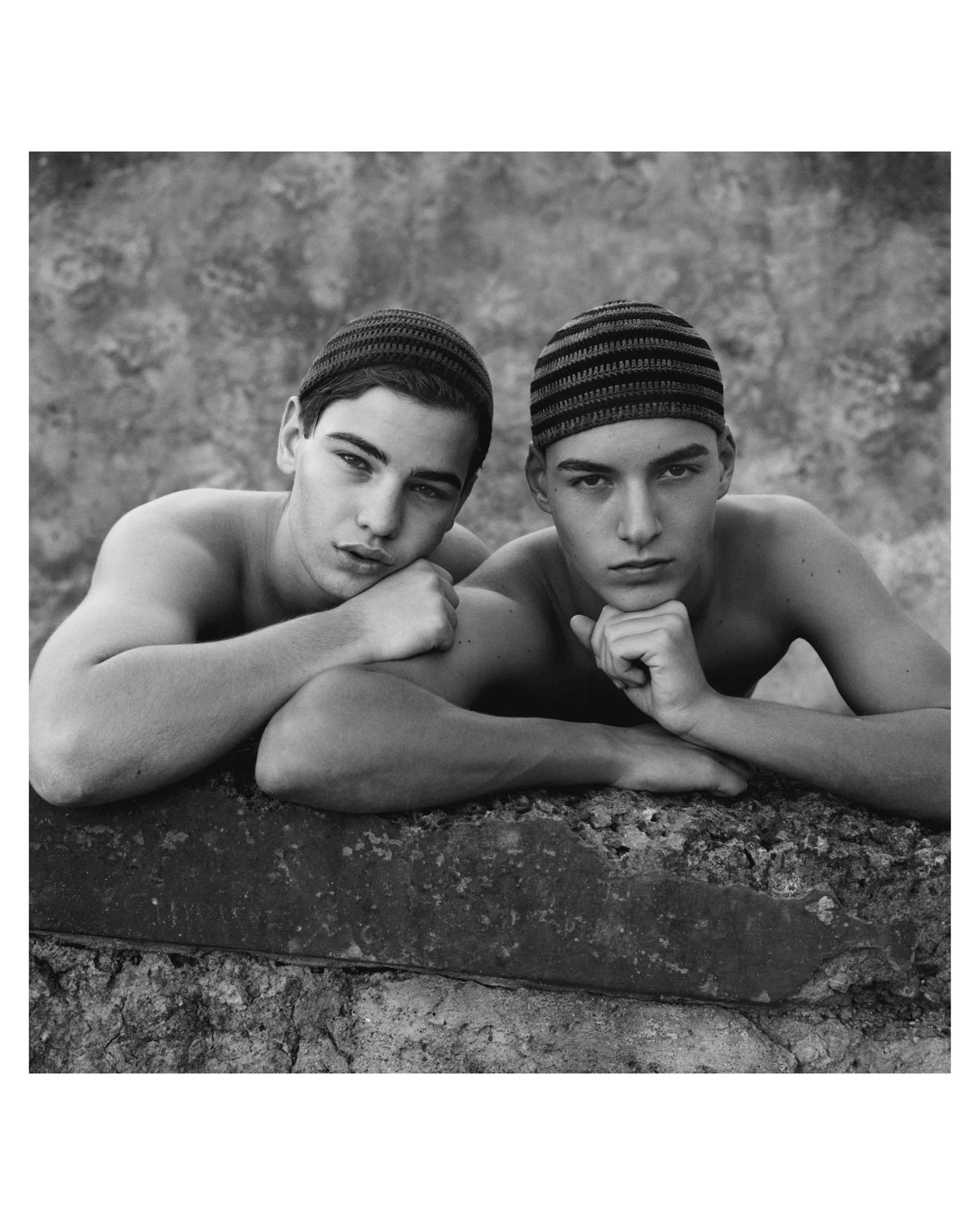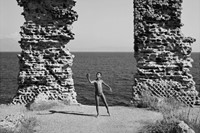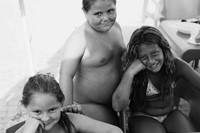In the summer of 2010, photographer Brett Lloyd was en route to the ritzy resort town of Sorrento on the Amalfi Coast when he missed his train. Stranded after midnight in the vibrant – to put it politely – neighborhood surrounding the central train station in Naples, he began walking into the city to find somewhere to lay his head for the night. “I was just mesmerised by it,” he remembers. “All of these insane characters and faces in these beautiful yellow streetlights and down these tiny alleyways. I was just like, what the fuck is this place?”
Twelve years later and Lloyd has spent every summer in the city since, often lingering for as long as six weeks: eating, swimming, drinking, sunbathing, and, of course photographing. (Primarily a fashion photographer, Lloyd has since shot editorials for the likes of Another Man, Vogue Italia, Document Journal and Dust within the city’s cobbled streets and crumbling palazzi.)
But for the past five summers, Lloyd has embarked on a new, more personal project, involving the various communities that make up the city’s rich tapestry: from the elderly fisherman who still head out on their boats at five o’clock every morning, to the revered third gender femminielli clustered around the Spanish Quarter, to the lithe young couples who drape their tanned bodies across the rocky outcrops of their local swimming coves every summer.
The results are documented in his first major publication (a previous, softcover book in 2014, titled Scugnizzi, documented the mischievous boys who lord over the city’s beaches), published by Mörel Books and titled, naturally, Napoli Napoli Napoli. “The reason for the title is a bit tongue-in-cheek, because all my friends would joke, ‘Oh my god, Brett; Napoli, Napoli, Napoli it‘s all he talks about!' I was driving everyone crazy,” Lloyd says. “But also that repetition feels very Naples. Naples is fucking intense, so let’s name it three times!”
If there’s one word anyone who has visited Naples could agree on to describe its unique, alchemical blend of past and present, after all, it would be intense. But Lloyd’s objectives in putting the project together were to show a different side of the city he’s come to know and love, and which he’s now firmly got under the skin of. “I think I needed six years of visiting before I felt ready to make this book, as I had to get to really know it first. I thought it was finished about two years ago, but then every summer I was like, OK, this book is getting better and better, so I’m going to go back and take some more,” he says, before laughing. “I think my agents wanted to kill me.”
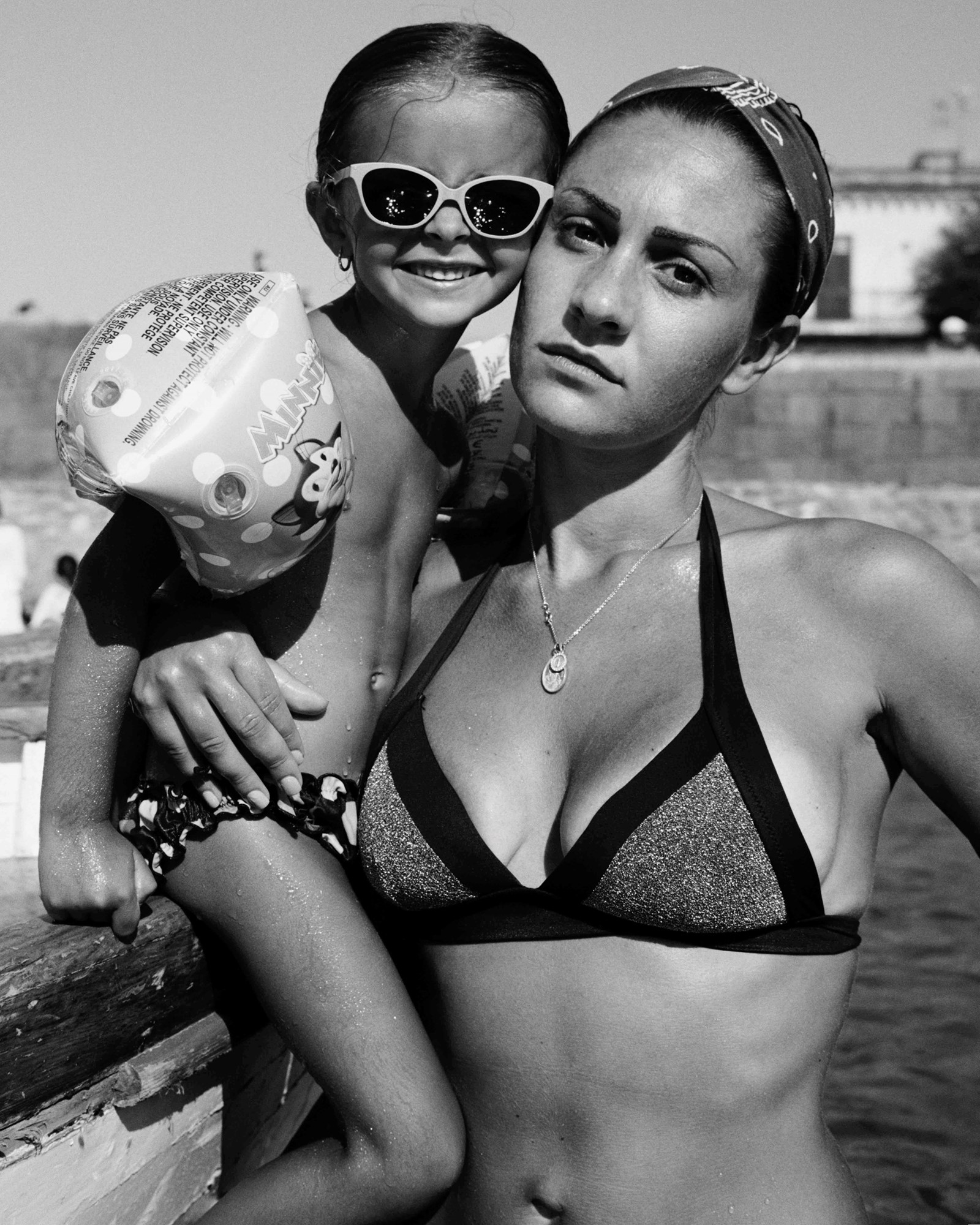
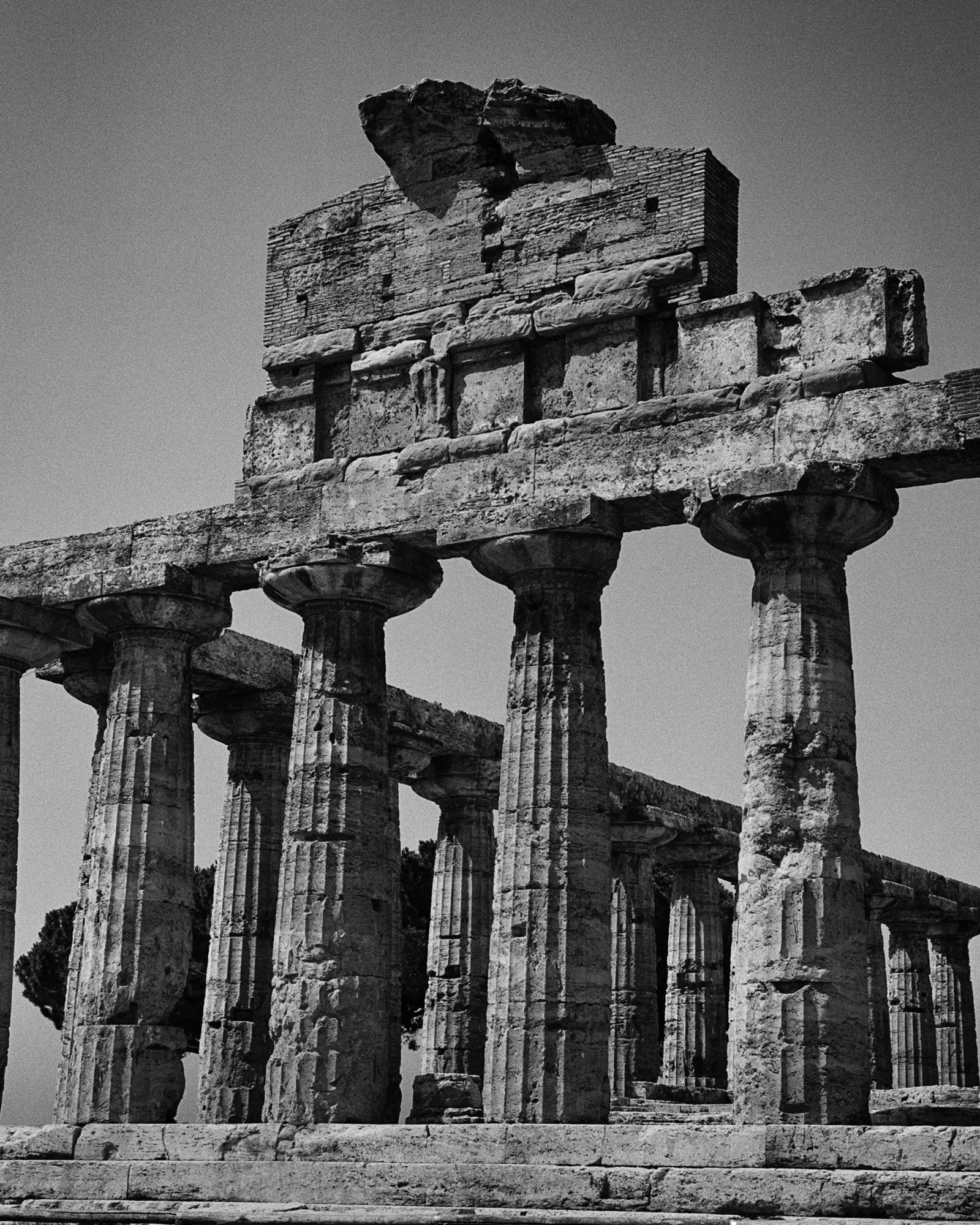
Accompanied by an eclectic group of friends that includes many born-and-bred Neapolitans, Lloyd set about capturing a day in the life of the city, from sunrise to sunset; an idea that was prompted by his editor on the project, stylist and former creative director of Another Man, Alister Mackie. “I had these hundreds upon hundreds of images, and I didn’t know how to lay it out, but Alister looked through everything and had this stroke of genius: why don’t we just tell the story of a day in Naples?” Lloyds says. “It was such a simple idea, but it felt really cinematic, and Naples is so cinematic.”
Further adding to the book’s cinematic feel was Lloyd’s decision – in part inspired by one of his heroes, Herbert List, but also recalling another of his most abiding references, the world of Italian neorealist cinema – to shoot the entire thing in black and white with a handheld 1960s Rolleiflex. What compelled Lloyd to take a city known for its symphony of blindingly vibrant colors – the butterscotch yellow painted facades of its crumbling townhouses; the candy-colored reds of tomatoes at a market stall; the sun-scorched tans of its inhabitants after a long, hot summer; and, of course, the twinkling blues of the Tyrrhenian Sea – then render it all in black and white?
For one, it came as a welcome technical challenge. “I think it taught me how to be a better photographer, as you have to rely so much on composition,” Lloyd notes. But it also revealed another side to the community of characters Lloyd has spent so many years shooting. “People have these assumptions about Neapolitans, that they’re very brash and arrogant and loud, when really they’re not at all,” says Lloyd. “They’re really sensitive, tender, spiritual people, with so many layers to them, and once you strip away the colour, you really pick up on the nuances and you go straight to their faces. I love images that feel timeless, and they have these incredible ancient faces. In black and white, I think that truth comes across.”
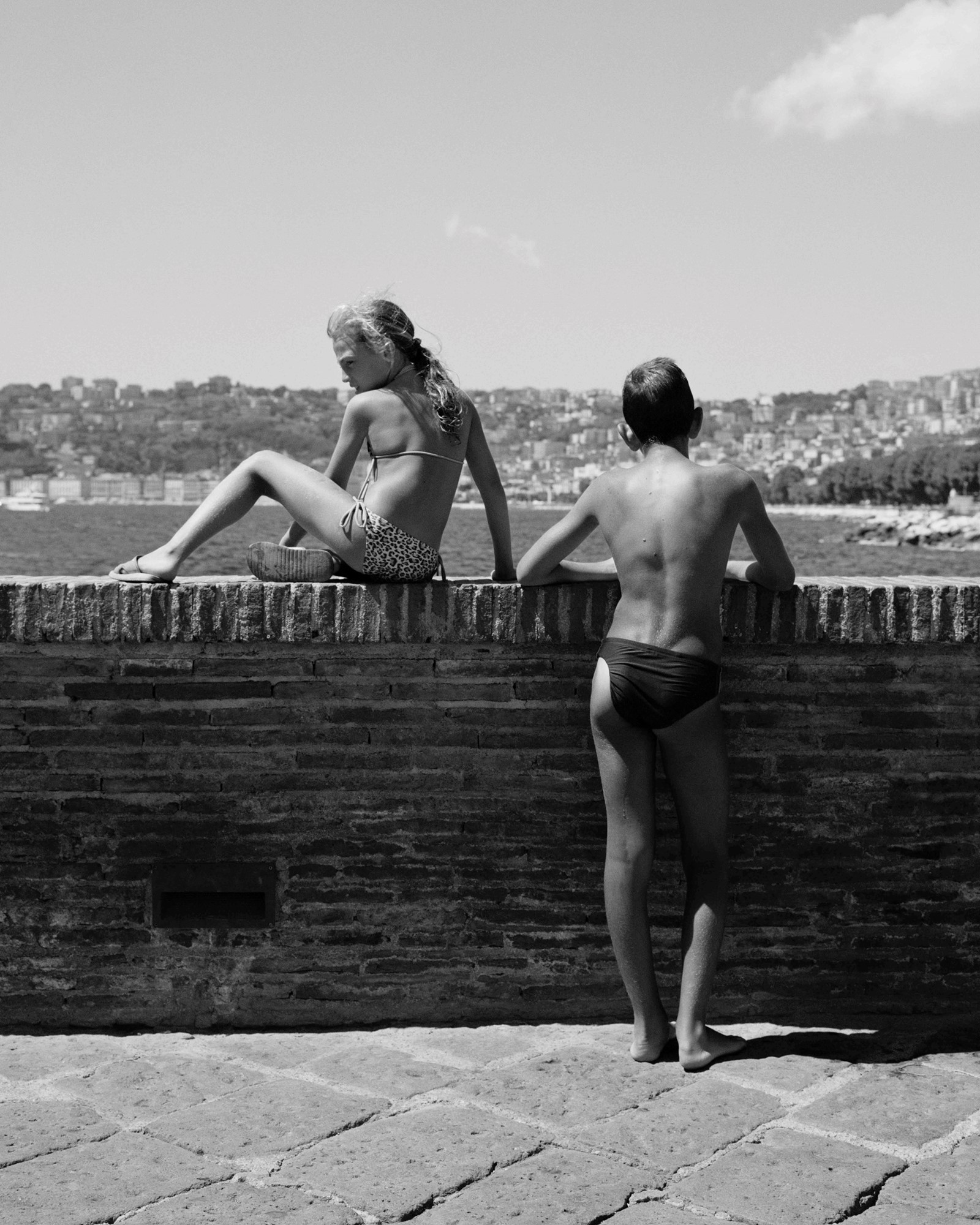
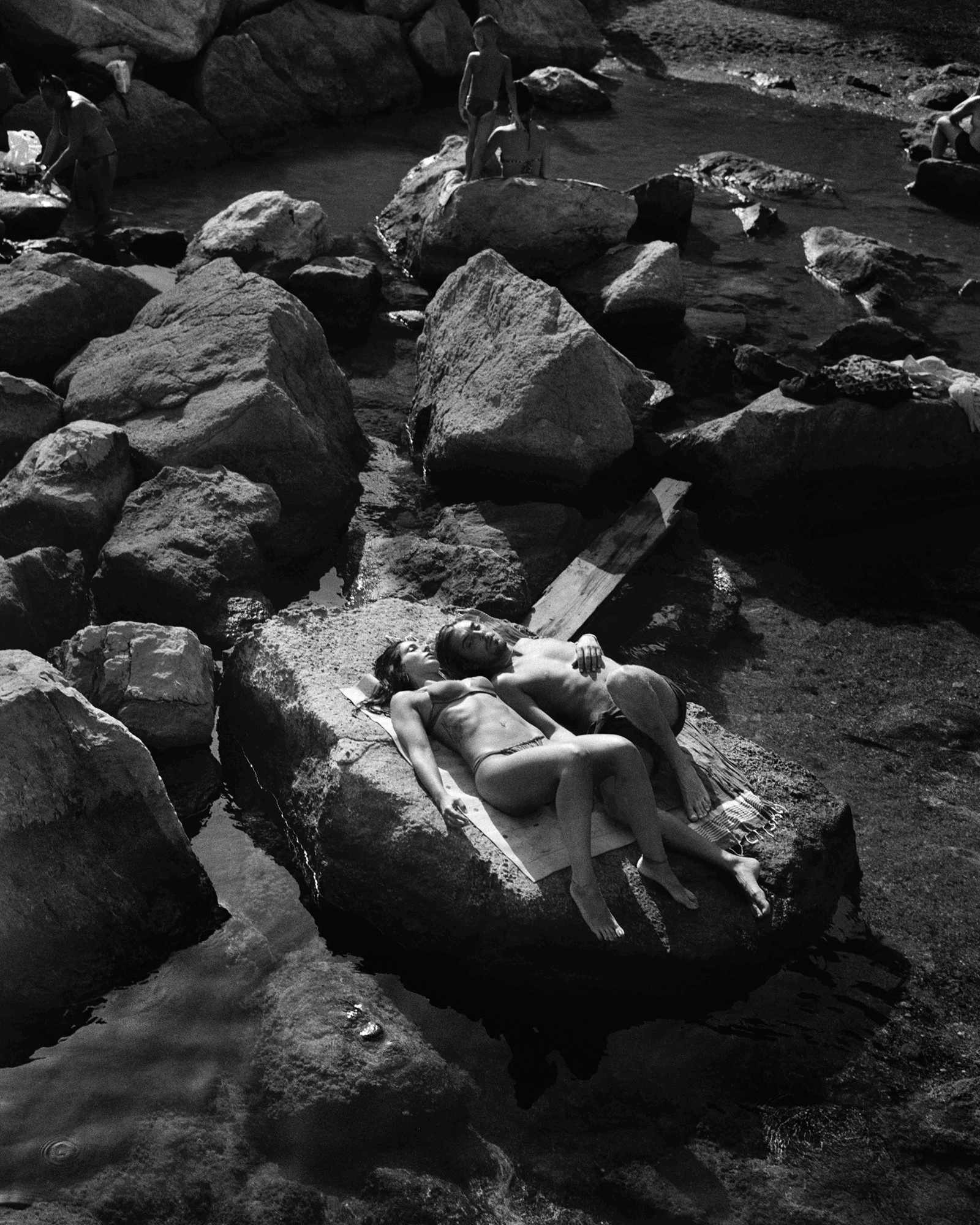
Indeed, flicking through the pages of Lloyd’s 180-page tome, it’s that timelessness that feels most striking. (“Youth burns most bright in old age in Napoli,” Lloyd observes.) A young man in Speedos stands to attention next to a decaying ancient column; an older, fleshier figure wears leaves tucked behind his ears like a 21st-century Bacchus; packs of youths run wild, jumping out of the windows of an ancient pleasure palace and diving straight into the sea. “I mean, I grew up on a Doncaster council estate, so the fact they live side by side with these ancient fucking buildings feels very far removed from my childhood,” says Lloyd, laughing again. “But I grew up watching Time Team and Antiques Roadshow every day, and my first job was at an antique shop called Colette’s Collectables, polishing silver candlesticks.”
It’s little surprise, then, that the faded grandeur of Naples proved to be so intoxicating. “It’s not a wealthy city, so there isn’t a lot of financial support to restore these buildings, but in a way that makes it more beautiful,” he says. “The kids are climbing up the facades of Emperor Nero’s holiday home and hacking bits off in the process, but at least they’re constantly interacting with these ancient, dead buildings, and keeping them alive in a way.” (That’s not to say Lloyd doesn’t have a preservationist instinct after having spent so much time in the city: the book’s release is accompanied by four T-shirts featuring the logos of some of Lloyd’s favourite Neapolitan businesses, from an antique store to a pizzeria, all made by a local design studio and with proceeds going to support the restoration of historical structures along the city’s coast.)
For while Lloyd touches on some more highfalutin references for the book’s spirit, from Goethe’s famous Italian Journey travel diaries to the work of the 19th-century Neapolitan artist Vincenzo Gemito, he’s keen to emphasise that it’s about the untameable spirit of joy that courses through the city – especially despite some of the harsher realities of life in southern Italy – more than anything else. “I don’t want to intellectualise it too much,” says Lloyd. “Often when you see these really joyous images, I’m also having fun. I’m not there as a lone photographer, looking all serious and encroaching on their fun – I’m with them, and we’re all having fun together. I’m really grateful for that generosity.”
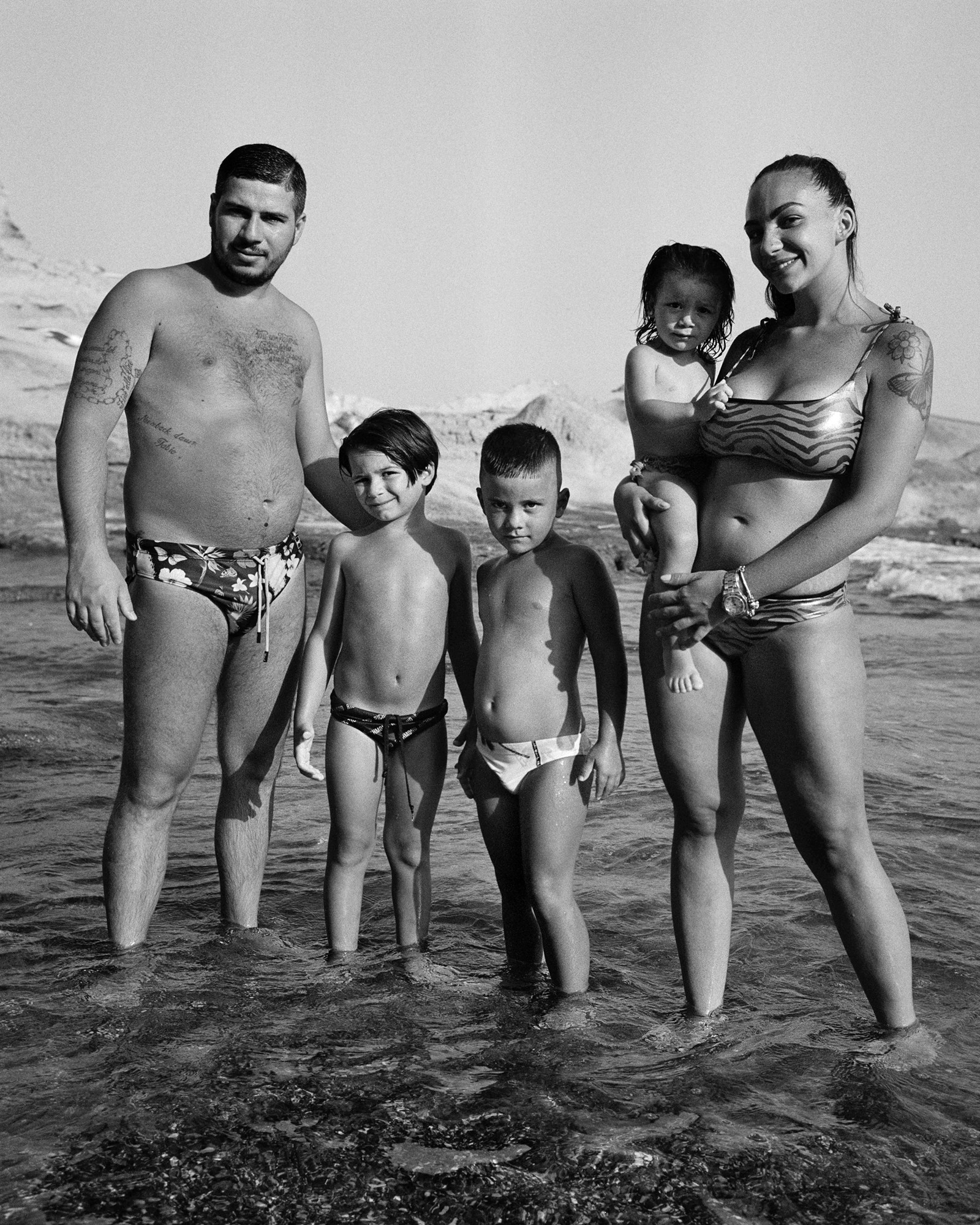
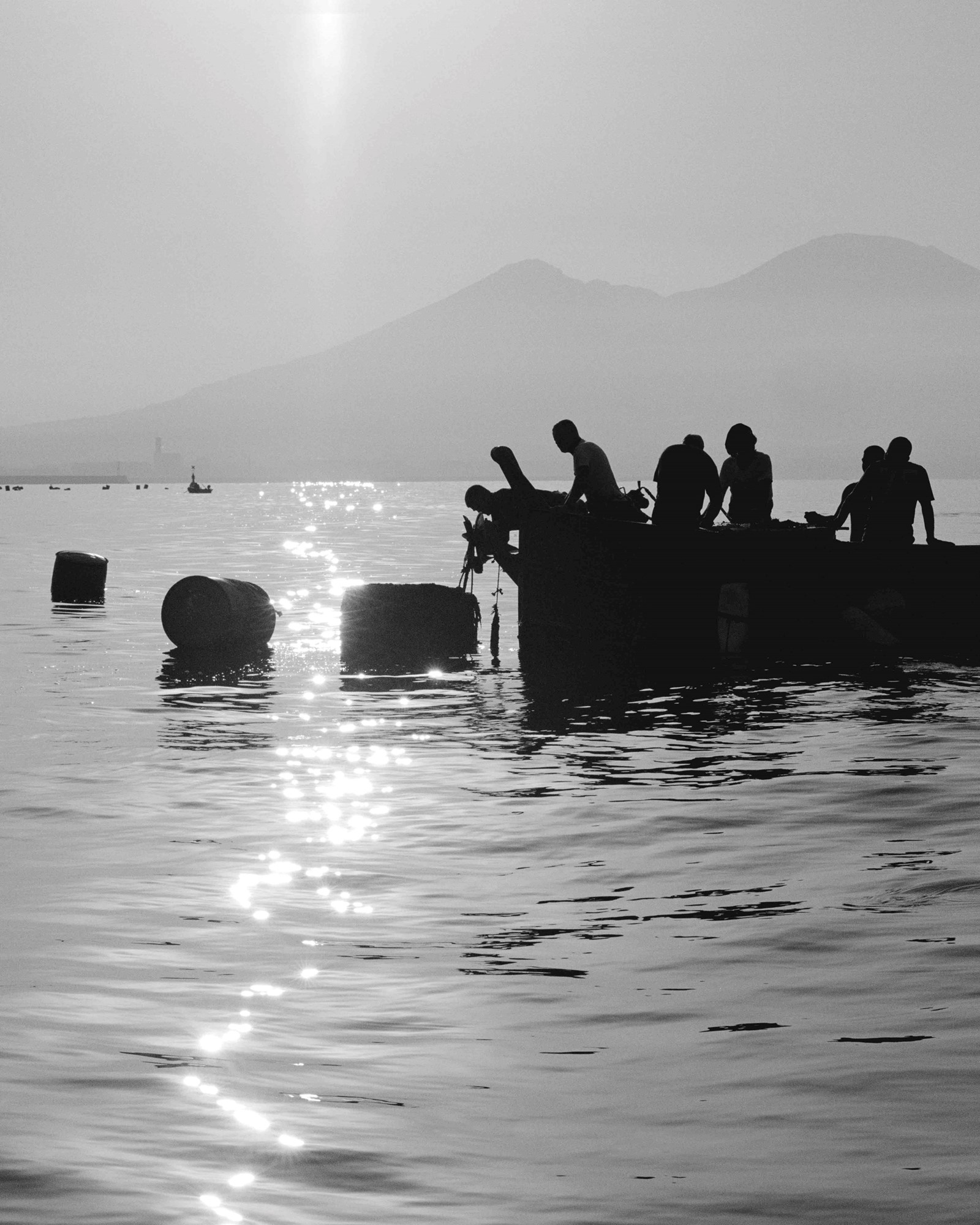
And as for the casual reader who might be a little less familiar with the thrills and spills of a summer’s day in Naples, what, ultimately, does Lloyd hope they will take away from it? “I want someone to get to the last page of the book, go on Skyscanner, and buy a flight straight away,” he says, firmly. “That’s what I want to happen. I want people to pause and say: are you fucking kidding me?”
For Lloyd himself, meanwhile, it seems that even after all these years, the magic of the city still hasn’t worn off. “I could go tomorrow, and the hairs will still go up on my neck when I land. I get into a cab and the guy is screaming at me in Neapolitan, and even though it’s chaotic, I’m like,” Lloyd says, before pausing to breathe an exaggerated sigh of relief. “It really is that beautiful.”
Napoli, Napoli, Napoli by Brett Lloyd is published by Mörel Publishing, and will be released alongside an exhibition in Paris on 10 November 2022 during Paris Photo.
